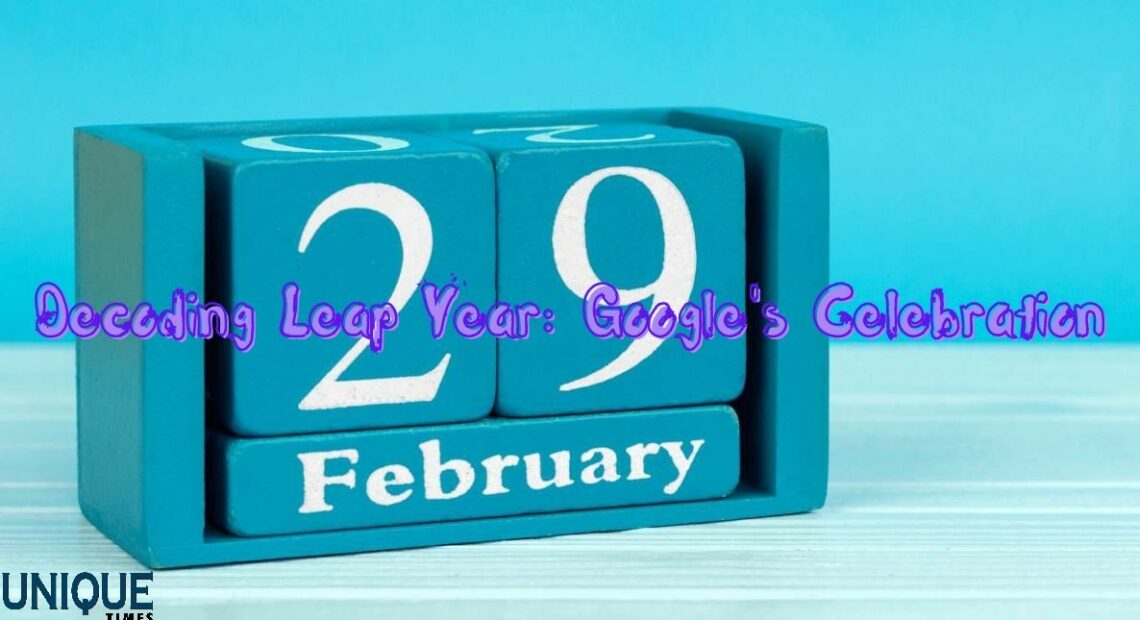
On February 29, 2024, Google marked the rare occurrence of Leap Day with a special doodle, sparking curiosity among many about the significance of this additional day. But what exactly is a Leap Year, and why do we have Leap Days? Let’s delve into the concept of Leap Years and uncover the fascinating reasons behind their existence.
Understanding Leap Years
A Leap Year is a year that contains one additional day, known as Leap Day, typically added to the end of February. While most years consist of 365 days, a Leap Year occurs approximately every four years, resulting in a total of 366 days. This additional day compensates for the fact that Earth’s orbit around the Sun is approximately 365.25 days long, not precisely 365 days.
The Julian Calendar
The concept of Leap Years dates back to the Julian calendar, introduced by Julius Caesar in 45 BCE. In this calendar system, a Leap Year occurred every four years without exception, with an extra day added to the end of February. However, this method of calculation slightly overestimated the length of a solar year, leading to a gradual discrepancy between the calendar year and the astronomical year.
The Gregorian Calendar Reform
To address the inaccuracies of the Julian calendar, Pope Gregory XIII implemented the Gregorian calendar in 1582. This revised calendar system refined the rules for Leap Years, establishing the following criteria:
By incorporating these rules, the Gregorian calendar ensures a more precise alignment between the calendar year and the astronomical year, reducing the discrepancy to less than a day in 3,000 years.
Significance of Leap Day
Leap Day, occurring on February 29, serves as a unique anomaly in the calendar, offering an additional day that occurs only once every four years. Traditionally, Leap Day has been associated with various customs and superstitions, such as women proposing to men and the belief that Leap Day is unlucky for marriages.
Google Doodle Celebrations
Google’s commemoration of Leap Day with a special doodle in 2024 highlights the cultural significance and curiosity surrounding this rare occurrence. The doodle serves as a playful reminder of the quirks of the Gregorian calendar and the mathematical precision required to synchronize human timekeeping with the astronomical cycles of the Earth and Sun.
In Conclusion
Leap Years and Leap Days hold a special place in the annals of timekeeping, representing humanity’s ongoing quest for accuracy and precision in measuring the passage of time. As we celebrate Leap Day in 2024 and beyond, let us marvel at the ingenuity of our calendar system and the remarkable synchronicity between human innovation and the natural world.
Picture Courtesy: Google/images are subject to copyright